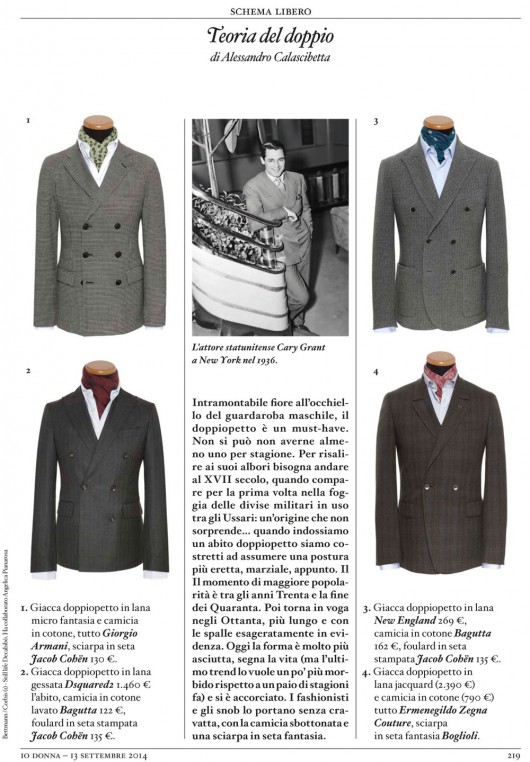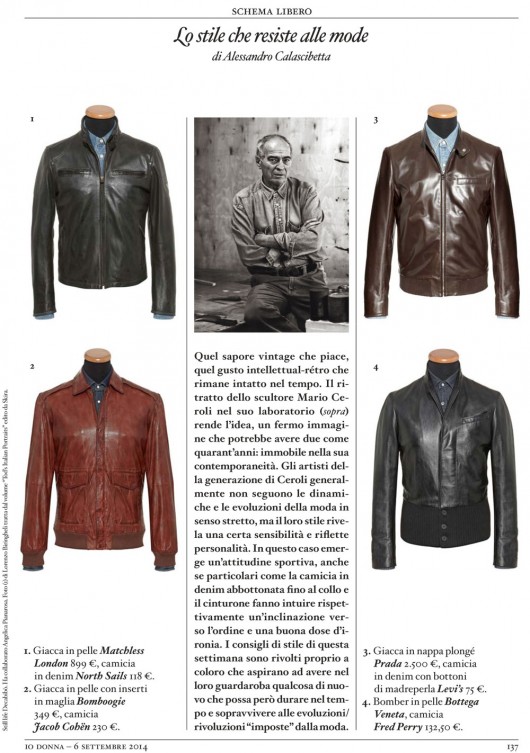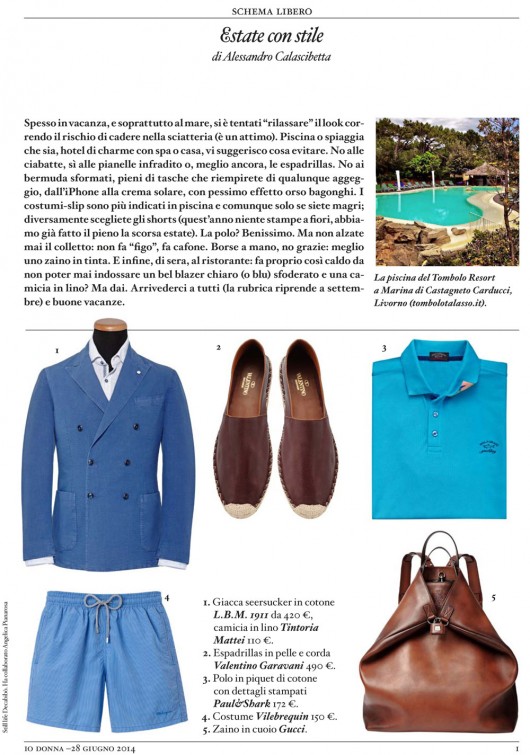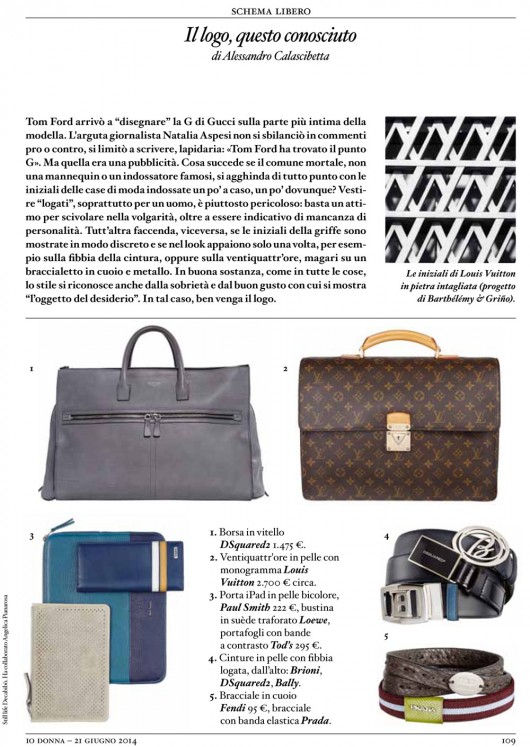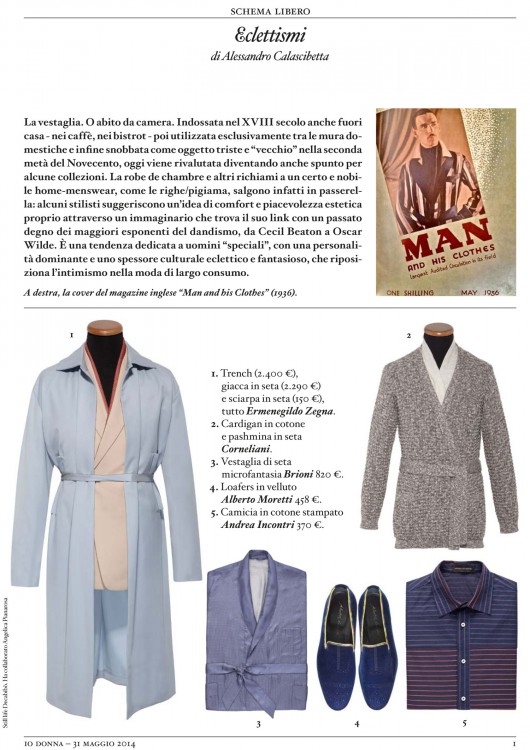SCHEMA LIBERO TEORIA DEL DOPPIO
Double bind. Timeless flagship of menswear, the double-breasted jacket is a must-have. Everyone has to have at least one for each season Its birth goes back to the XVII century, when it was part of the uniform of the Hussar army: this doesn’t surprise…when we wear a double-breasted suit we’re forced to take on a very erect, martial, posture. The time of its greatest popularity was between the 30s and the late 40s. Then it came back in fashion in the 80s, but longer and with very wide shoulders. Today the shape is more fitted (but the last trend wants it a little more loose than a couple of seasons ago) and shorter. Fashionistas and snobs wear it without tie, with the shirt unbuttoned and a printed silk scarf.





